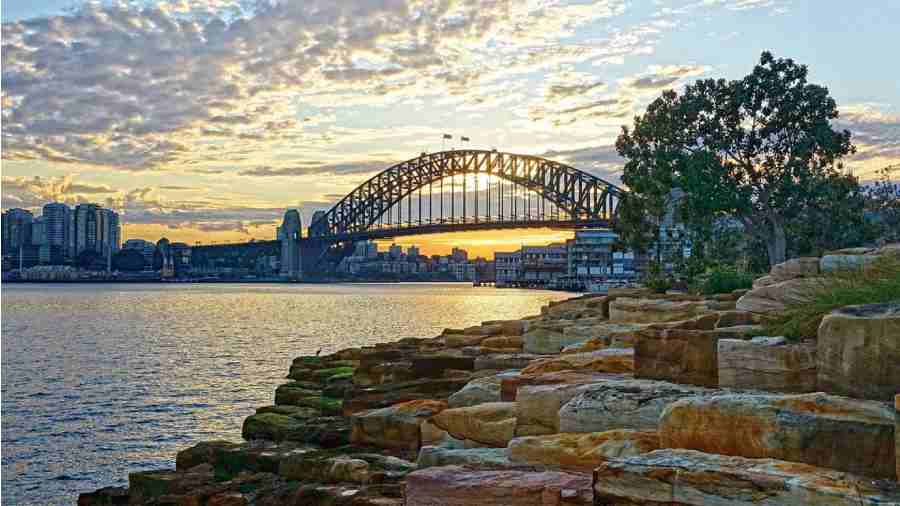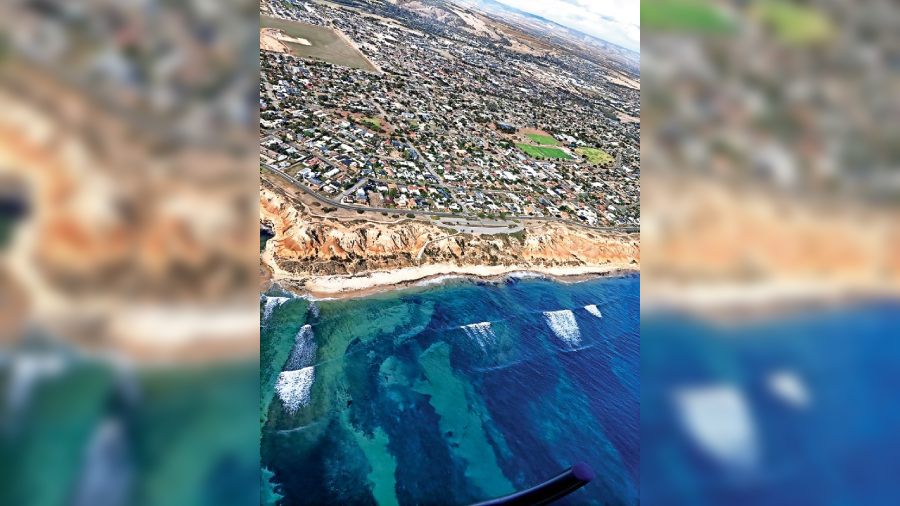Sydney: A thriving coalescence of the old and the new

I don’t sleep well on the ground. So there is very little chance of me sleeping well, if at all, in the air. I once went through a 15-hour non-stop flight between New York and Mumbai without sleeping a wink. But this time, things were different. I slept for five out of the eight hours on my flight from Singapore to Sydney, even in the middle of some pretty bad turbulence. Reason? The super comfy flat beds in the Singapore Airlines business class are a dream. Just push your seat back to make it a completely horizontal bed and catch more than 40 winks!
Which, of course, left me fresh enough to hop off my flight in Sydney and start taking in the city and what it offers. Courtesy Tourism Australia, I had signed up for a week-long feel of the rich culture, roots and traditions of Sydney, a tour that probably many tourists — ticking off a must-do, must-see, must-eat checklist — in the New South Wales city wouldn’t opt for. I wasn’t disappointed. Not in the least. For Sydney has so much more to offer than just a view of the Harbour Bridge or a day out at Bondi Beach.
Back to the roots
Any attempt at understanding the culture of Sydney — and of Australia as a whole — is incomplete without travelling back, way back, in time to know about the country’s Aboriginal roots. Modern-day Sydney stands on the traditional Gadi land of Eora Nation, whose original inhabitants include the Gadigal people, among other ethnic groups. My first stop on the first of my two Aboriginal tours in Sydney took me to The Rocks where European settlers first stepped ashore in the late 18th-century, but which is now described as ‘a neighbourhood of historic laneways in the shadow of Sydney Harbour Bridge’.
A 90-minute tour with the affable Lindsay Williams — who looked less like a guide and more like Carlos Santana, right down to the fedora — gave me quite a bit of history of the very land I was walking on, even as Williams often stopped to pluck out stems of plants, like lomandra, a native Australian grass, or a batch of some lemon myrtle, asking me to either taste it or smell it. He spoke of his own nativity with a lot of pride (and rightly so) and about totems being assigned — based on gender, family, season, animals, plants and tribes — to an individual born to a clan, which becomes emblematic of their history.
I learn that the site of the Sydney Opera House, which I can see right in front of me as I walk along with Williams, was once a tram shed, and Williams keeps pointing out both art and architecture which have their roots embedded far back in Australia’s history.
At the end of the tour, Williams fishes out two kinds of boomerangs from his bag. One is the heavier hunting boomerang and the other — the one we are more familiar with with its curved head — that was used to frighten birds. It’s a lot of information to take in, and to be honest, I would often stop to just stare at the magnificent Harbour Bridge and miss out on parts of what Williams was saying. But this was one intriguing tour, whetting my appetite for the next one.
Boomerangs are a significant emblem of Aboriginal culture





